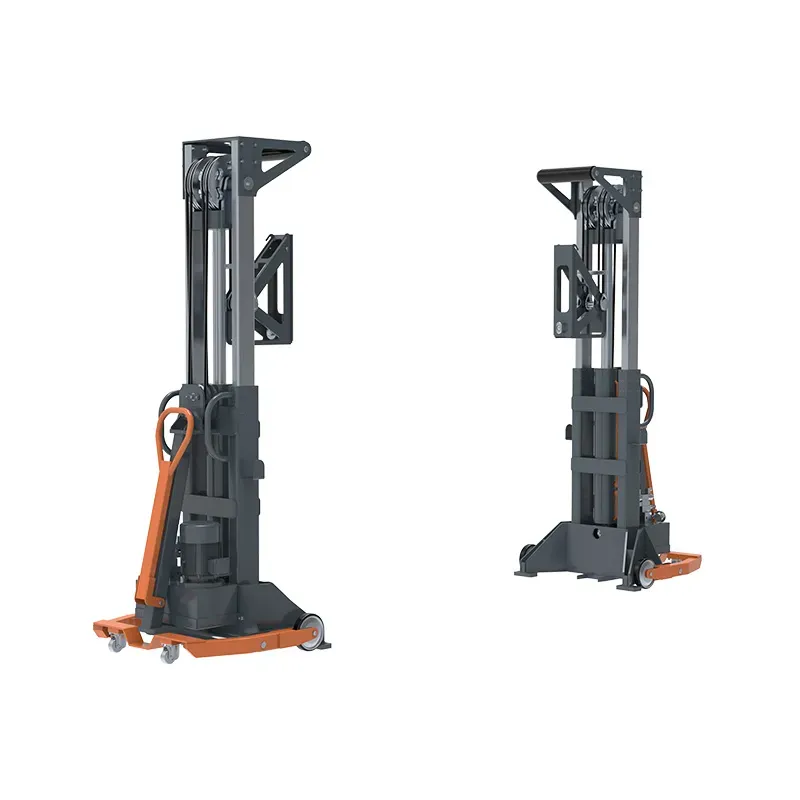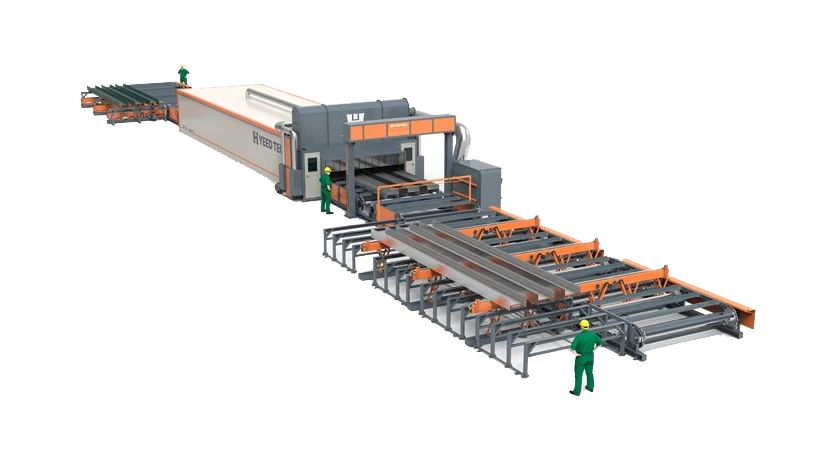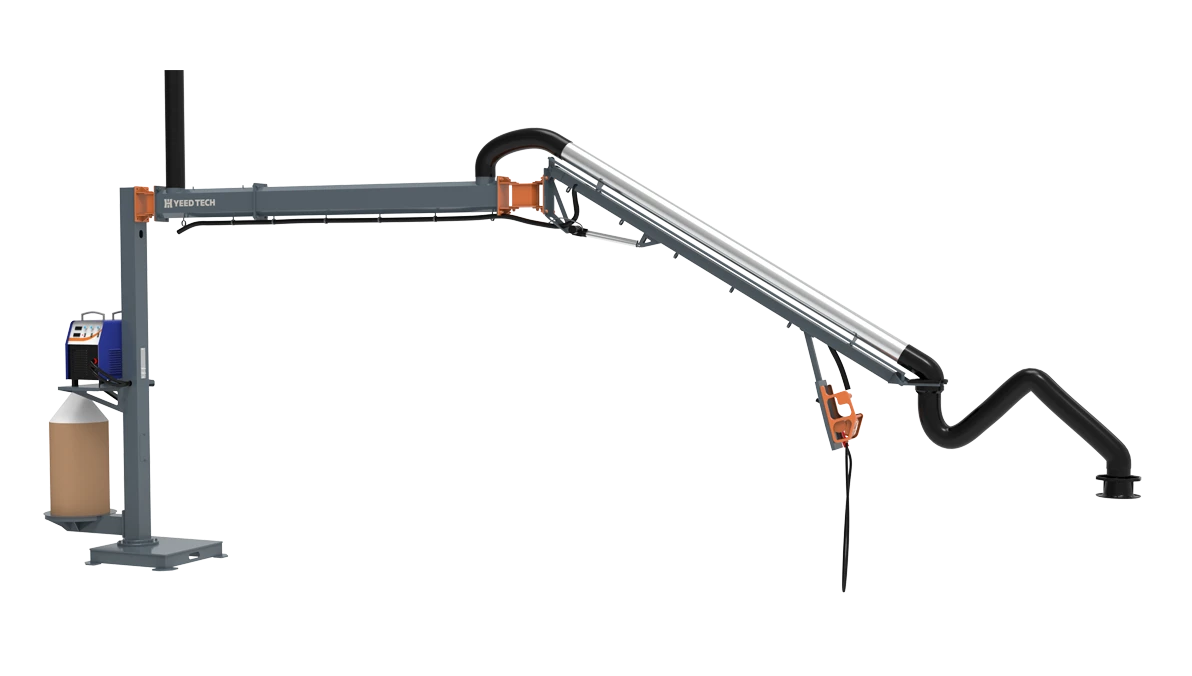
- Afrikaans
- Albanian
- Amharic
- Arabic
- Armenian
- Azerbaijani
- Basque
- Belarusian
- Bengali
- Bosnian
- Bulgarian
- Catalan
- Cebuano
- China
- China (Taiwan)
- Corsican
- Croatian
- Czech
- Danish
- Dutch
- English
- Esperanto
- Estonian
- Finnish
- French
- Frisian
- Galician
- Georgian
- German
- Greek
- Gujarati
- Haitian Creole
- hausa
- hawaiian
- Hebrew
- Hindi
- Miao
- Hungarian
- Icelandic
- igbo
- Indonesian
- irish
- Italian
- Japanese
- Javanese
- Kannada
- kazakh
- Khmer
- Rwandese
- Korean
- Kurdish
- Kyrgyz
- Lao
- Latin
- Latvian
- Lithuanian
- Luxembourgish
- Macedonian
- Malgashi
- Malay
- Malayalam
- Maltese
- Maori
- Marathi
- Mongolian
- Myanmar
- Nepali
- Norwegian
- Norwegian
- Occitan
- Pashto
- Persian
- Polish
- Portuguese
- Punjabi
- Romanian
- Russian
- Samoan
- Scottish Gaelic
- Serbian
- Sesotho
- Shona
- Sindhi
- Sinhala
- Slovak
- Slovenian
- Somali
- Spanish
- Sundanese
- Swahili
- Swedish
- Tagalog
- Tajik
- Tamil
- Tatar
- Telugu
- Thai
- Turkish
- Turkmen
- Ukrainian
- Urdu
- Uighur
- Uzbek
- Vietnamese
- Welsh
- Bantu
- Yiddish
- Yoruba
Advanced Equipment and Systems for Efficient Container Storage and Handling
In the bustling world of logistics and material handling, the seamless movement and storage of containers rely on specialized equipment and systems. Storage container lift system, straddle container lifter, top lifter container, container handling system, र self loading container technologies have revolutionized the way containers are managed, ensuring enhanced productivity and safety across ports, terminals, and storage facilities. These components work in harmony to streamline operations, reduce handling times, and optimize space utilization.

Optimizing Storage with Storage Container Lift Systems
A storage container lift system is a crucial asset in modern storage facilities, designed to facilitate the vertical movement of containers within stacked configurations. These systems typically feature robust hydraulic or electric mechanisms that can precisely raise and lower containers to different levels. In large - scale container yards, storage container lift systems are integrated with automated controls, allowing operators to efficiently stack and retrieve containers. By utilizing such systems, facilities can maximize vertical storage space, increasing their capacity without expanding the physical footprint. The ability to handle multiple container sizes and weights makes storage container lift systems highly adaptable, meeting the diverse needs of various industries that rely on containerized storage.
Maneuvering Containers with Straddle Container Lifters
Straddle container lifters are powerful machines that play a pivotal role in container handling operations. These lifters are designed to straddle over containers, using lifting mechanisms integrated into their frames to pick up and transport containers both horizontally and vertically. In busy ports, straddle container lifters are commonly used to move containers between ships, trucks, and storage areas. Their wide - spanning legs provide stability while lifting heavy loads, ensuring safe and efficient container transfer. With high - speed travel capabilities and precise control, straddle container lifters can quickly navigate through the terminal, reducing waiting times for trucks and ships and accelerating the overall cargo handling process.
Precision Handling with Top Lifter Containers
Top lifter containers refer to a method of container handling where the lifting force is applied from the top of the container. Specialized attachments or lifting beams are used to connect to the top - mounted lift points of the container, providing a secure and stable lifting solution. This approach is particularly useful in scenarios where bottom - lifting might not be feasible or when precise positioning of the container is required. In industrial settings or during complex container transfer operations, top lifter containers enable operators to maneuver containers with greater accuracy. By distributing the lifting load evenly across the top of the container, this method minimizes the risk of container damage and ensures the integrity of the cargo inside.
Comprehensive Solutions with Container Handling Systems
Container handling systems encompass a wide range of equipment and processes designed to manage containers from arrival to departure. These systems integrate various components such as cranes, forklifts, conveyors, and automated guided vehicles. In a well - designed container handling system, each element works in tandem to ensure a smooth flow of containers. For example, automated cranes may unload containers from ships and place them onto conveyors, which then transport the containers to storage areas where straddle container lifters or storage container lift systems take over for stacking. The use of advanced software in container handling systems allows for real - time tracking and optimization of container movements, enhancing overall operational efficiency and reducing the likelihood of errors.
Innovative Loading with Self - Loading Containers
Self - loading containers represent an innovative approach to container handling, eliminating the need for external heavy - duty lifting equipment in certain situations. These containers are equipped with built - in lifting mechanisms, such as hydraulic jacks or winches, that enable them to load and unload themselves onto trucks or trailers. In remote areas or construction sites where access to traditional container handling equipment is limited, self - loading containers offer a convenient solution. They can be easily transported to the desired location and then autonomously positioned, saving time and reducing the cost associated with hiring additional lifting machinery. This self - sufficiency makes self - loading containers an attractive option for industries that require flexibility in container deployment.
FAQ Regarding Container Handling Equipment and Systems
How to Ensure the Safety of a Storage Container Lift System
Regularly inspect all components of the storage container lift system, including cables, hydraulic lines, and control panels, for signs of wear or damage. Test the emergency stop functions and safety sensors to ensure they are operational. Train operators on proper usage procedures and safety protocols, and enforce regular maintenance schedules as per the manufacturer's guidelines. Additionally, conduct load - testing at regular intervals to verify that the system can handle the specified weight capacities without any issues.
What Are the Key Maintenance Tasks for Straddle Container Lifters
Perform routine engine maintenance, including oil changes, filter replacements, and coolant level checks. Inspect the tires for wear and ensure proper inflation. Lubricate all moving parts, such as hinges and joints, to prevent friction and extend the lifespan of the components. Check the hydraulic system for leaks and ensure that the fluid levels are within the recommended range. Regularly calibrate the lifting mechanisms and control systems to maintain accurate and safe operation of the straddle container lifter.
Can Different Types of Top Lifter Container Attachments Be Interchanged
Interchanging top lifter container attachments depends on their compatibility with the container's top - mounted lift points and the lifting equipment. Attachments must have the correct size, shape, and connection mechanism to fit securely. However, not all attachments are interchangeable, as they may have different load - bearing capacities or design features optimized for specific types of containers or operations. It is essential to consult the manufacturer's specifications and guidelines before attempting to interchange any top - lifting attachments.
How to Optimize the Efficiency of a Container Handling System
Implement real - time monitoring and management software to track container movements and identify bottlenecks within the container handling system. Optimize the layout of the facility to minimize travel distances for equipment. Ensure that all equipment is properly maintained and calibrated to reduce downtime. Train operators on efficient operating procedures and encourage communication between different teams involved in the container handling process. Regularly review and update the system based on operational data and industry best practices.
What Are the Limitations of Self - Loading Containers
Self - loading containers typically have lower lifting capacities compared to dedicated heavy - duty lifting equipment. The built - in mechanisms may add weight to the container, reducing its available payload space. In some cases, the self - loading process can be time - consuming compared to using external lifting equipment, especially when handling multiple containers. Additionally, the complexity of the self - loading mechanisms may require more frequent maintenance, and any malfunctions can disrupt the container loading and unloading operations.
उत्पादन कोटिहरू
नयाँ समाचार
-
Unmatched Mobility and Efficiency in Container Handling Equipment
समाचारJun.26,2025 -
Streamlined Approaches and Equipment for Container Handling
समाचारJun.26,2025 -
Revolutionizing Cargo Management: Solutions for ISO Container Handling
समाचारJun.26,2025 -
Equipment Insights: Revolutionizing Container Handling Operations
समाचारJun.26,2025 -
Critical Components for Efficient Shipping Container Handling
समाचारJun.26,2025 -
Unrivaled Components in Structural Engineering Solutions
समाचारMay.28,2025 -
Transforming Spaces with Diverse Steel Structures
समाचारMay.28,2025











